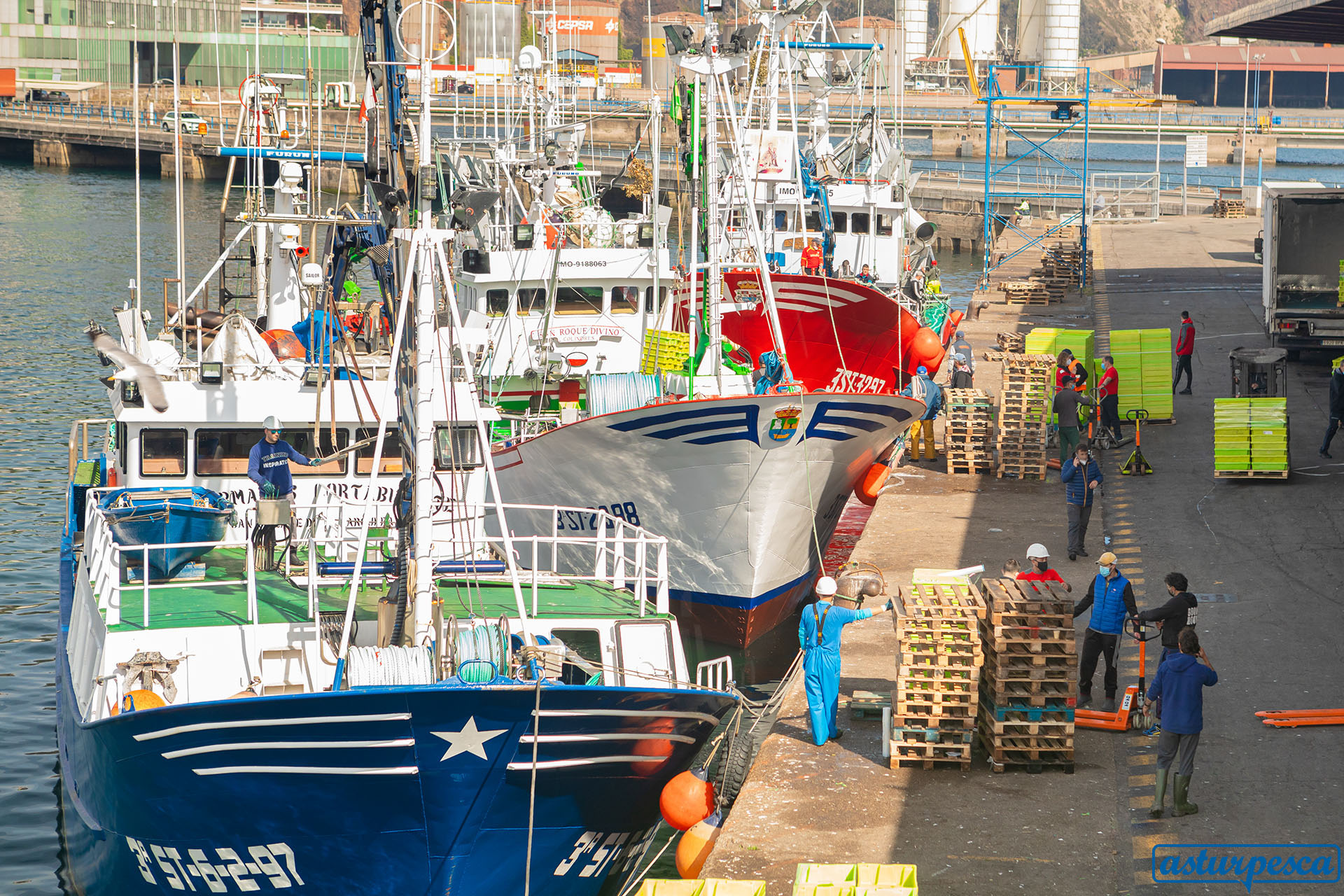Today, there is no longer any doubt that food and the environment go hand in hand.
A quarter of the greenhouse gases affecting global warming are a consequence of the global food system.
As for fish, it is estimated that global wild capture fisheries account for only about 4% of the global food system’s production emissions.
In this context, consuming wild-caught fish products is not only beneficial to our health, but also helps to conserve our planet and oceans.
Of all protein sources, it is precisely seafood (especially invertebrates and algae) that can have some of the lowest GHG emissions per unit of protein produced. If we were to increase the contribution of seafood in the global diet and proportionally reduce land-based animal foods in the global diet, we would make a significant contribution to climate change mitigation to keep global temperatures below 1.5°C by 2050 and achieve the Paris Agreement goals.
Humans leave an obvious environmental footprint, as do the products we eat. According to a study conducted by the University of Washington in 2018, fish products have a smaller environmental footprint than many others that come from livestock or aquaculture. Therefore, if we change our habits and start consuming more fish, we would help to achieve Sustainable Development Goal 12 “Responsible Consumption and Production”. https://www.un.org/sustainabledevelopment/es/objetivos-de-desarrollo-sostenible
This study has been analysing the production of 148 foods over the last 10 years and found that 40 grams of protein from white fish represents a carbon footprint of less than 1 kilogramme, compared to the 20 kilogramme carbon footprint of the same amount of protein from the meat and aquaculture industry.
To reach this conclusion, the following four indicators of environmental impact in food production were analysed:
- energy use
- greenhouse gas emissions
- emissions resulting from the production of nutrients, e.g. fertilisers, which are needed for some foods; and
- emissions of substances that contribute to so-called “acid rain”.
The University of Washington explains that among fish products, pelagic fisheries, which live close to the surface, and especially small pelagic species such as anchovies and sardines, as well as mollusc aquaculture, have the lowest environmental impact compared to farmed shellfish and salmon.

So now that we are all considering how best to relate to the planet, a good (and healthy) way to help care for it would be to increase our fish consumption.
Eat fish: it takes care of you and it takes care of the planet.
More information on Global Footprint Network https://www.footprintnetwork.org/
